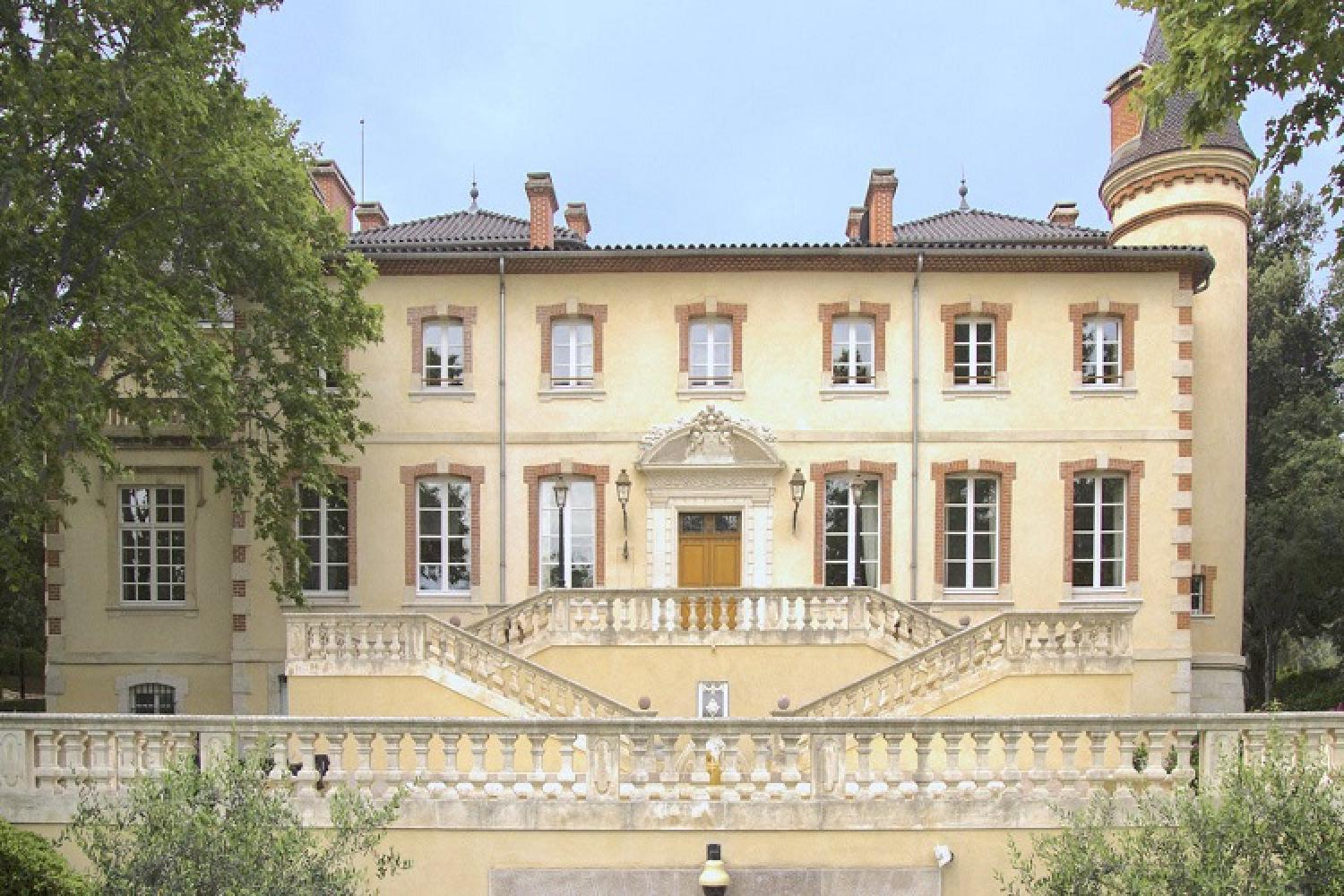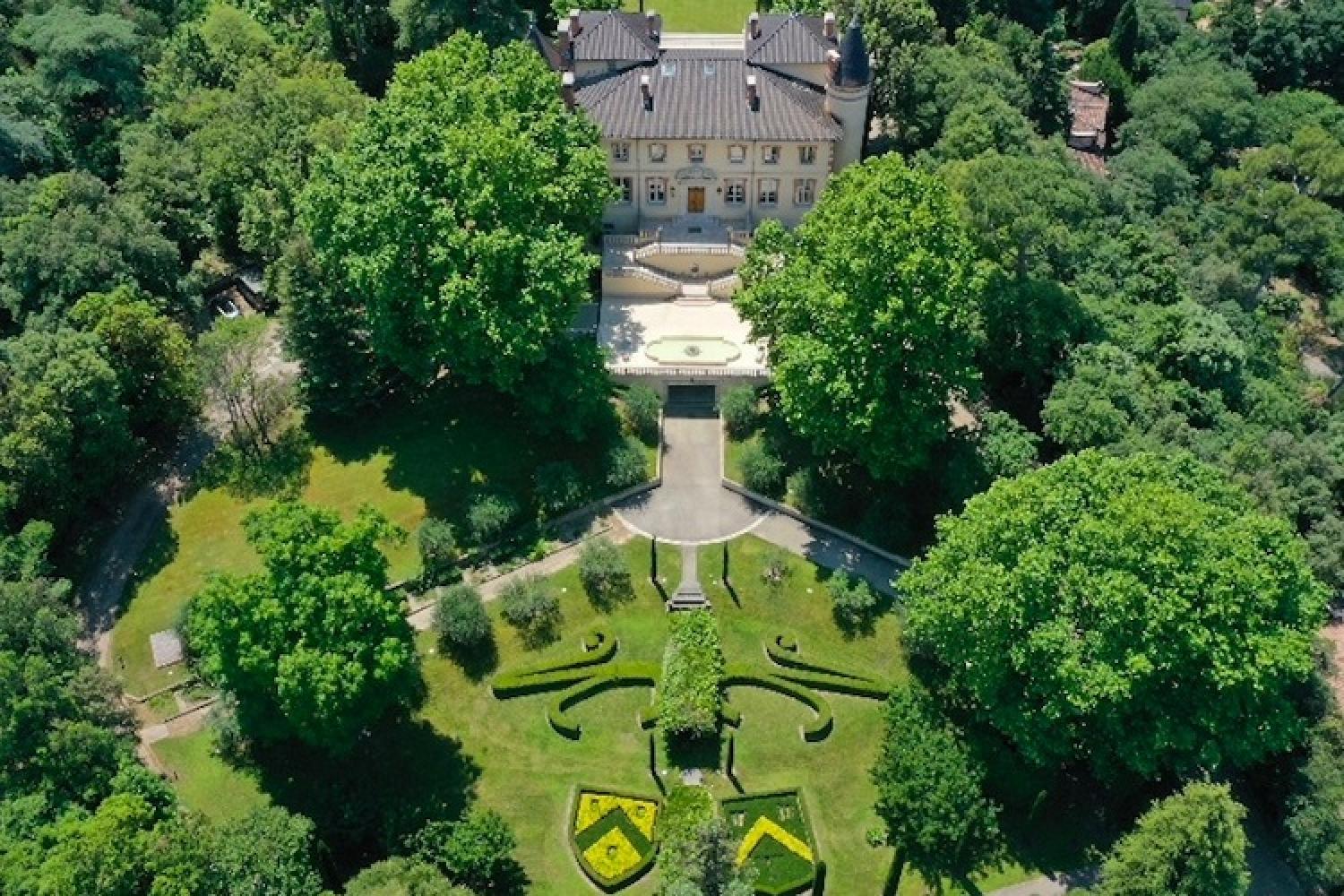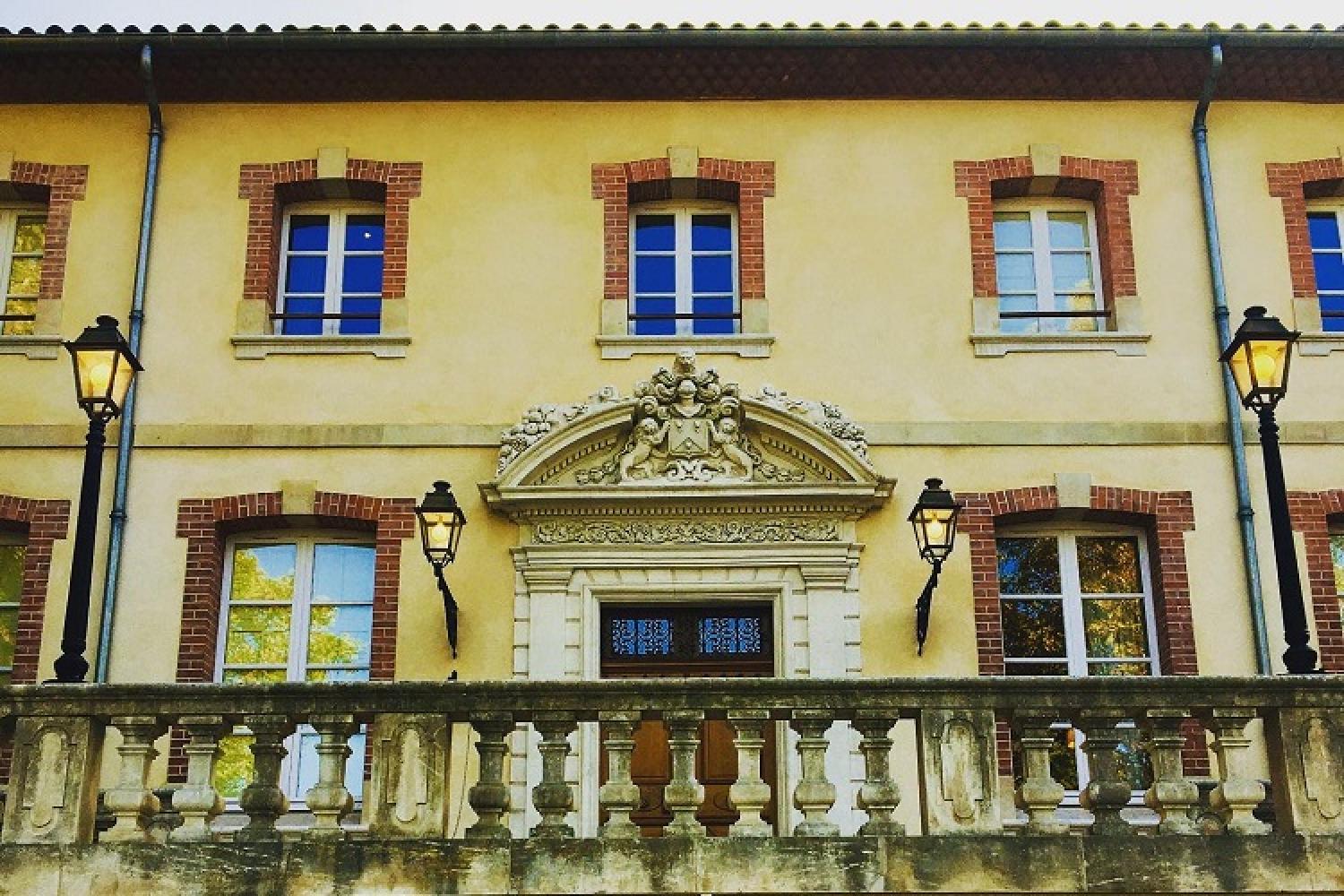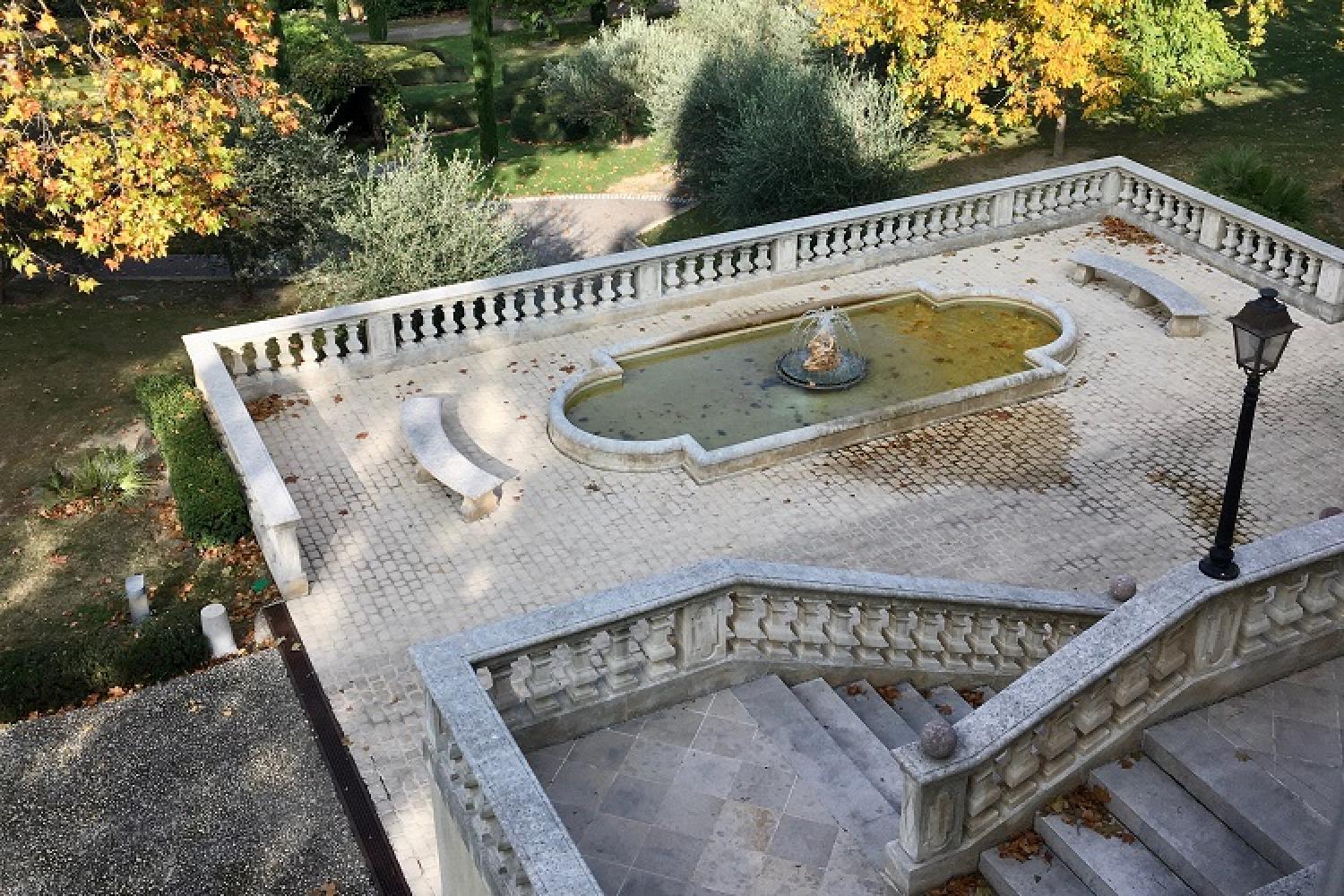The nobility of the hills
A family with connections to the Kingdom of France
The story begins in the 15th century with Palamède de Forbin, known as the Great, who was consul and ambassador to the King. In this capacity he was in charge of diplomatic negotiations. In 1482, he allowed Provence to be attached to the French Crown, and the King thanked him by appointing him governor of Provence. By this agreement, the monarch became Count of Provence, and Palamède had power over the region equivalent to that of a king. Louis XI then uttered the words that were to become the motto of the Forbins: "You made me count, I make you king".
Already Lords of Solliès and Porquerolles, Palamède and his family inherited considerable power over a territory that included Aragon in Spain, Provence and the Dauphiné. The House of Forbin owned the land of Saint-Marcel and built mills and factories in the Huveaune valley. The family grew rich in maritime trade, becoming one of the most powerful merchant families in Marseille.
A knight and a historian
The Forbins were marquises, merchants, shipowners, bishops... There was even a marshal, a cardinal, and five presidents of the Parliament of Provence among them! One of the most famous was the Count and Knight, Claude de Forbin, an officer in the Royal Navy who travelled the oceans in the 17th and 18th centuries. In his honour, a frigate of the French Navy bears his name. He died on 4 March 1733 in his castle at Saint-Marcel.
Another important figure lived in the chateau and died there on 28 February 1884: the Marquise Roselyne de Forbin d'Oppède, who was a spirited woman and historian. She was one of the most educated women of her generation, frequenting a cultured and cosmopolitan environment, a traveller and a great reader. She wrote several books, notably on Lucretia Borgia and the Saints of Provence. She also painted ceramics for the castle's library, which can still be seen today.
The Château de Saint-Marcel and its park
This illustrious lineage gave Provence an immense architectural heritage, consisting of numerous castles, including that of Saint-Marcel. From a hunting lodge acquired in the 15th century from the Lords of Baux, it became a sumptuous aristocratic residence. The present castle, which has undergone various renovations, dates from 1865: it can be recognised by its Renaissance style, its beautiful corner turret and its 17th century pediment.
The vast park surrounding the castle, a legacy of the bastide estate of yesteryear, includes, in a private area, a waterfall, water features, a greenhouse, an aviary, as well as a formal garden. Another part, situated further south in the heart of the National Park, is open to visitors: it allows them to admire the Provence cypresses and the Atlas cedars that were planted for pleasure. These two magnificent species reach a height of about twenty metres and can live for several hundred years: they have therefore seen a large part of the history of the Forbins...
Did you know?
With the countesses Lily Pastré and Marie de Sormiou, the Marquise Roselyne de Forbin forms a trio of elite women in the history of the Calanques!
Visiting and regulations
Before coming to the Calanques National Park, plan your visit and read the best practices to adopt and the rules to be followed.
The southern part of the château's park, located within the National Park, is open for walks and offers paths and hiking trails to the Col Galvaudan or the Vallon de la Vigie.
The château is now an urban art gallery and a place for artists' residencies: it can be visited with prior reservations. Find all the information on the château site.
Access
Saint-Marcel Quarter, in the northern foothills of the Saint-Cyr massif. Bus RTM n° 15, 15S, 40 or 540, bus stop: Saint-Marcel-Cavaillon, then 5 minutes walk to the end of the Cavaillon crossing to reach the castle.
The public part of the park is accessible by going up Boulevard de la Forbine, then turning left onto an open track in the old enclosure wall of the estate, when you get to a cistern.
Location
GPS coordinates: 43.284379, 5.467861








